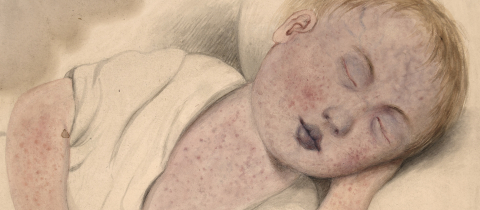This article was originally posted in the Montreal Gazette.
Screening for cancer is much more complicated and nuanced than people realize. There has been much ink spilled on who and how and when we should screen for colon cancer, prostate cancer, cervical cancer and breast cancer. But lung cancer rarely gets its due. It remains one of the most underutilized screening modalities with only about five per cent of eligible individuals sent for the appropriate testing.
Why lung cancer screening is so underutilized remains unclear. Some people suggest that it is the result of the stigma that surrounds smoking. I am dubious that this is true and I haven’t seen any firm data to support that claim. Physicians spend a great deal of time and effort counselling patients on smoking cessation and I have never heard anyone suggest that there was a bias against prescribing nicotine patches or other stop-smoking medication.
Probably more important is that lung cancer screening guidelines are a relatively new concept that are often less than 10 years old. Ten years is short in medical science. Before 2012, lung cancer screening had largely failed. There are numerous examples in the medical literature but by far the largest was the PLCO trial. The PLCO trial was a large research endeavour to study cancer screening for prostate, lung, colon and ovarian cancer (hence the name). It included more than 150,000 individuals and screened with a chest X-ray yearly for four years with 13 years of follow-up. When the results were published, there was no difference in cancer diagnosis or cancer mortality and largely contributed to cementing the notion in the minds of many that lung cancer screening was unproductive and pointless.
Things, however, always change. The advent of low-dose CT scans changed the paradigm and made lung cancer screening feasible. The National Lung Screening Trial studied a low dose CT scan against a chest X-ray and found a 20 per cent mortality reduction with CT scanning. The NELSON trial later confirmed this benefit. The design was slightly different with the CT scans being done at baseline, Year 1, Year 3 and Year 5.5. There was also no X-ray comparison group as by this point the futility of regular chest X-rays had been widely accepted. But the NELSON trial showed a similar 24 per cent reduction in lung cancer mortality.
There is little that is controversial in using CT scans for lung cancer screening, but there are some points that continue to be debated. As with all cancer screening programs, the cost effectiveness of any initiative depends on identifying the group of patients who are most likely to benefit. With lung cancer the obvious factor that drives risk is smoking. Almost all studies showing a benefit have been done in smokers who are clearly the highest risk group in our society. But what to do with ex-smokers is an interesting problem.
The 2021 U.S. Preventive Services Task Force recommended annual CT scans for anyone between the ages of 50 and 80 who smokes or who quit smoking less than 15 years ago. The rationale being that after 15 years, the smoking related lung cancer risk starts to dissipate. However, the American Cancer Society recently published its own guidelines and review of the literature suggesting that the risk remains elevated beyond 15 years and that screening should be offered to ex-smokers regardless of when they quit, provided they have at least a 20 pack-year smoking history. (This means someone who smoked a pack-a-day for 20 years, or two packs a day for 10 years, etc.)
There remains active debate about who should qualify for lung cancer screening and who is most at risk. But as it stands, even those at very high risk are not being screened. The proof that CT screening works is fairly recent. But it’s time to put it into practice.







